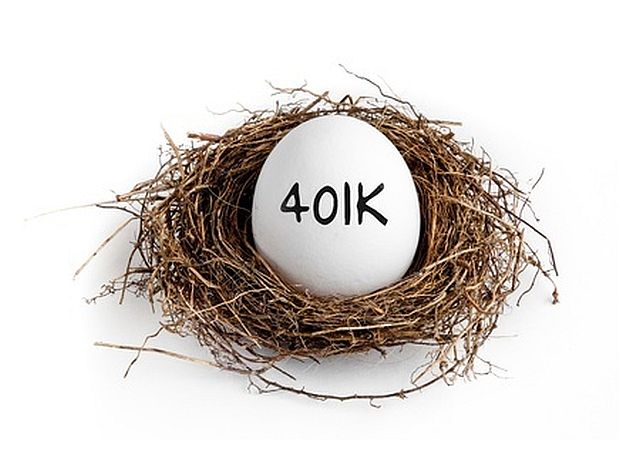Tag Solo 401k
8 reasons to open a solo 401k plan

Updated for 2024 What is a solo 401k plan? The solo 401k plan is a powerful tool for entrepreneurs to save money for retirement and reduce their current tax bill. These plans are often ignored and overshadowed by the more…
401k contribution limits 2024

401k contribution limits for 2024 are $23,000 per person, up from 22,500 in 2023. All 401k participants over the age of 50 can make a catch-up contribution of $7,500, for a total of $30,500 What is 401k? 401k is a…
401k contribution limits 2023

401k contribution limits for 2023 are $22,500 per person, up from 20,500 in 2022. All 401k participants over the age of 50 can make a catch-up contribution of $7,500, for a total of $30,000 What is 401k? 401k is a…
401k contribution limits 2022

401k contribution limits for 2022 are $20,500 per person. All 401k participants over the age of 50 can add a catch-up contribution of $6,500. What is 401k? 401k plan is a workplace retirement plan where both employees and employers can…
401k contribution limits 2021

401k contribution limits for 2021 are $19,500 per person. All 401k participants over the age of 50 can add a catch-up contribution of $6,500. What is 401k? 401k plan is a workplace retirement plan where both employees and employers can…
401k contribution limits 2020

401k contribution limits for 2020 are $19,500 per person. All 401k participants over the age of 50 can add a catch-up contribution of $6,500. What is 401k? 401k plan is a workplace retirement plan where both employees and employers can…
6 Saving & Investment Practices All Business Owners Should Follow

In my practice, I often meet with small business owners who have the entire life savings and family fortune tied up to their company. For many of them, their business is the only way out to retirement. With this post,…
Contact Us

